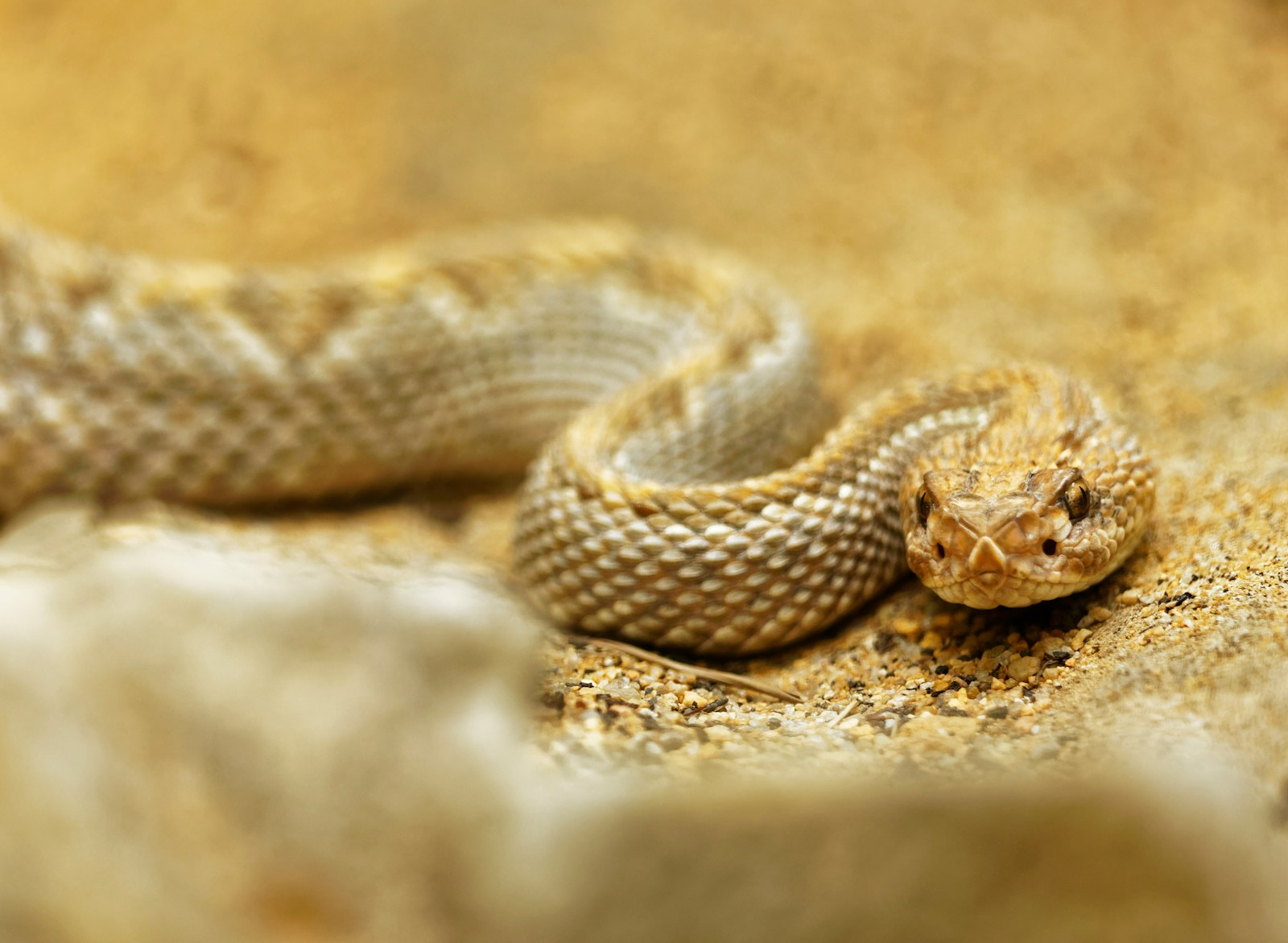Rattlesnakes have long been subjects of fascination, fear, and unfortunately, misinformation. These iconic reptiles of North American deserts and woodlands are often misunderstood, with myths and misconceptions clouding our understanding of their true nature and behaviors. While healthy respect for these venomous creatures is warranted, many common beliefs about rattlesnakes are simply incorrect. By separating fact from fiction, we can develop a more accurate understanding of these important predators and their role in our ecosystems. Let’s shed light on ten persistent rattlesnake myths that continue to slither through popular consciousness despite being scientifically inaccurate.
Myth 1: Rattlesnakes Always Rattle Before Striking
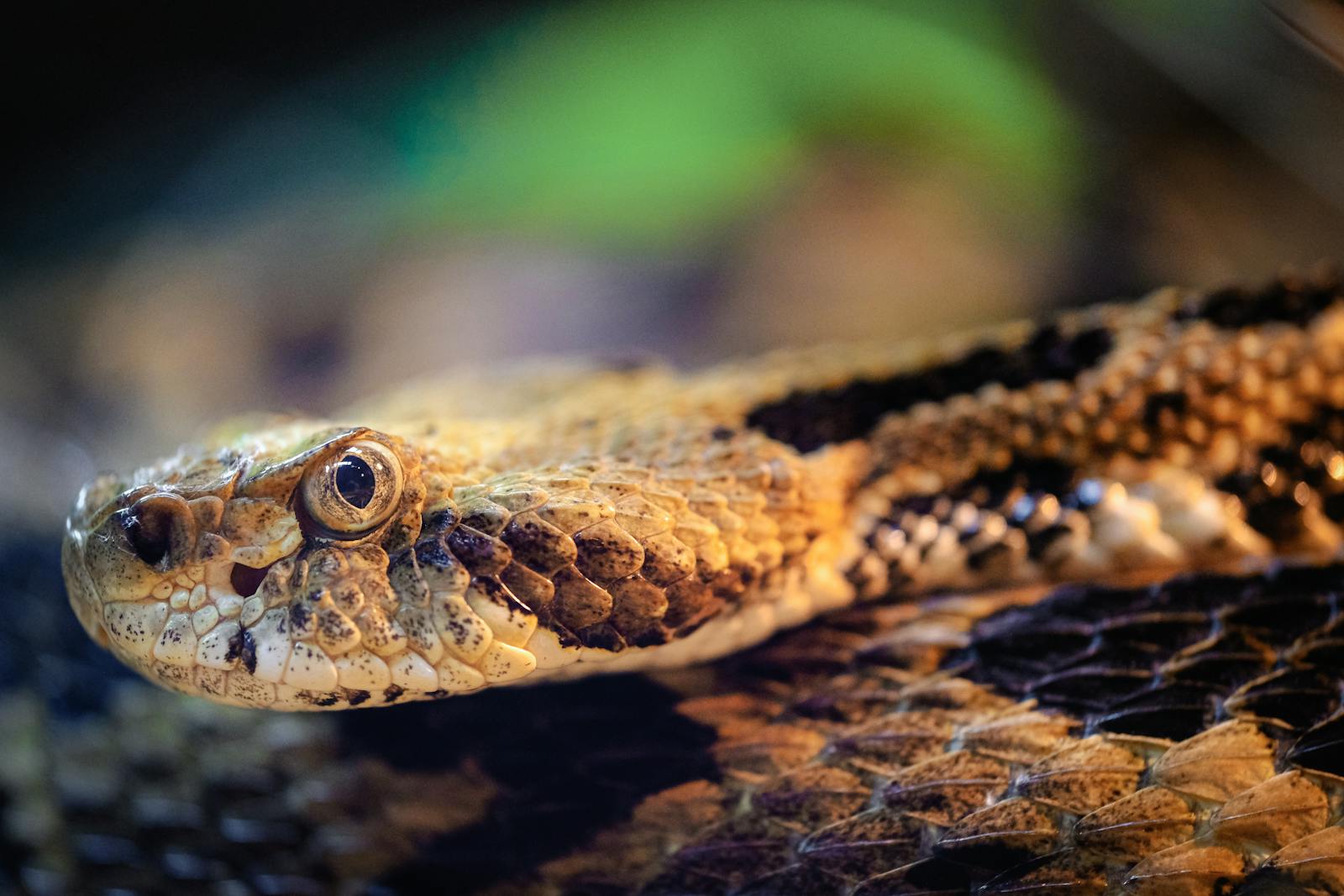
Perhaps the most pervasive myth about rattlesnakes is that they always provide a courtesy warning by rattling their tail before striking. While rattlesnakes do often use their iconic rattle as a warning system when they feel threatened, they don’t always deploy this defense mechanism before striking. In many cases, especially if a snake is suddenly startled or feels immediately threatened, it may strike without any preliminary warning. Additionally, younger rattlesnakes with fewer segments in their rattles may not create the distinctive sound effectively. Some rattlesnakes have even evolved to rattle less in areas where humans frequently kill rattling snakes, demonstrating that natural selection may be favoring quieter snakes in certain regions.
Myth 2: Baby Rattlesnakes Are More Dangerous Than Adults

A commonly repeated claim is that juvenile rattlesnakes are more dangerous because they can’t control how much venom they inject, delivering a full dose with every bite. Herpetologists have thoroughly debunked this myth through scientific research. Adult rattlesnakes actually possess much larger venom glands and can deliver significantly more venom per bite than their younger counterparts. Furthermore, studies have shown that even young rattlesnakes demonstrate considerable control over their venom delivery, often delivering “dry bites” with little to no venom when they’re being defensive rather than hunting. While a bite from a juvenile rattlesnake is certainly serious and requires immediate medical attention, the notion that they’re more dangerous than adults isn’t supported by evidence.
Myth 3: Rattlesnakes Chase People

The terrifying image of a rattlesnake pursuing a fleeing human persists in many campfire stories, but this behavior simply doesn’t align with rattlesnake psychology or locomotion capabilities. Rattlesnakes have absolutely no interest in chasing humans, as we’re much too large to be considered prey and represent a significant threat from their perspective. What can sometimes be misinterpreted as “chasing” is actually the snake attempting to reach a familiar retreat or safe location that happens to be in the same direction a person is moving. Rattlesnakes are relatively slow-moving creatures that would much rather avoid confrontation with humans entirely. Their primary defense strategy when encountering humans is to remain motionless, relying on camouflage, or to retreat to safety when possible.
Myth 4: You Can Tell a Rattlesnake’s Age by Its Rattle Segments
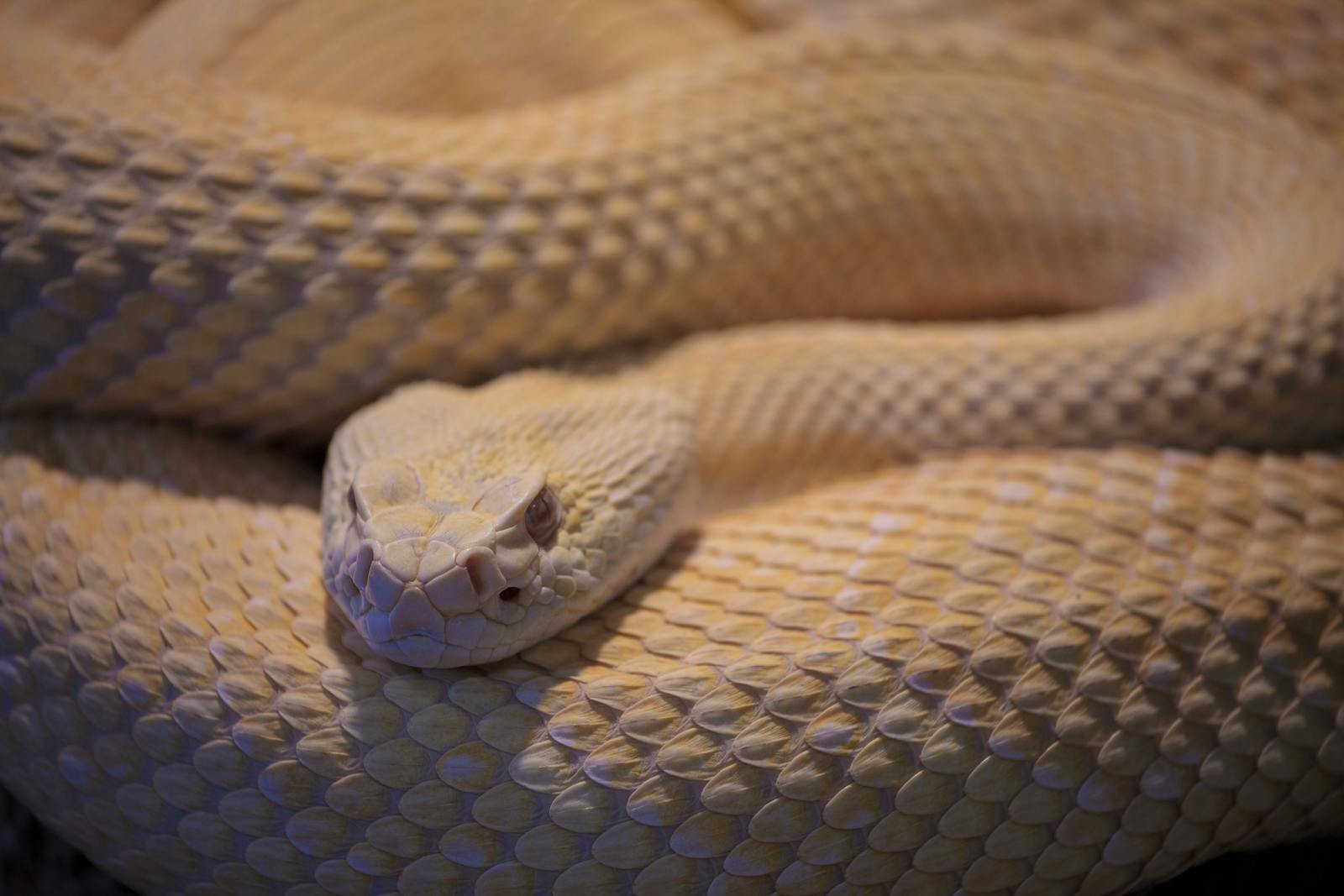
While it seems intuitive that each segment of a rattlesnake’s rattle would correspond to a year of life or a shedding cycle, the reality is much more complex. Rattlesnakes typically add a new segment each time they shed their skin, which can happen multiple times per year depending on the snake’s age, health, and environmental conditions. Young, growing rattlesnakes may shed 4-5 times annually, while mature adults might shed only 1-2 times per year. Additionally, rattles frequently break off at the end, especially in wild snakes that encounter rough terrain and vegetation in their natural habitats. Because of these factors, attempting to age a rattlesnake by counting rattle segments is fundamentally unreliable and not practiced by herpetologists studying these animals.
Myth 5: Rattlesnakes Are Aggressive and Attack Without Provocation
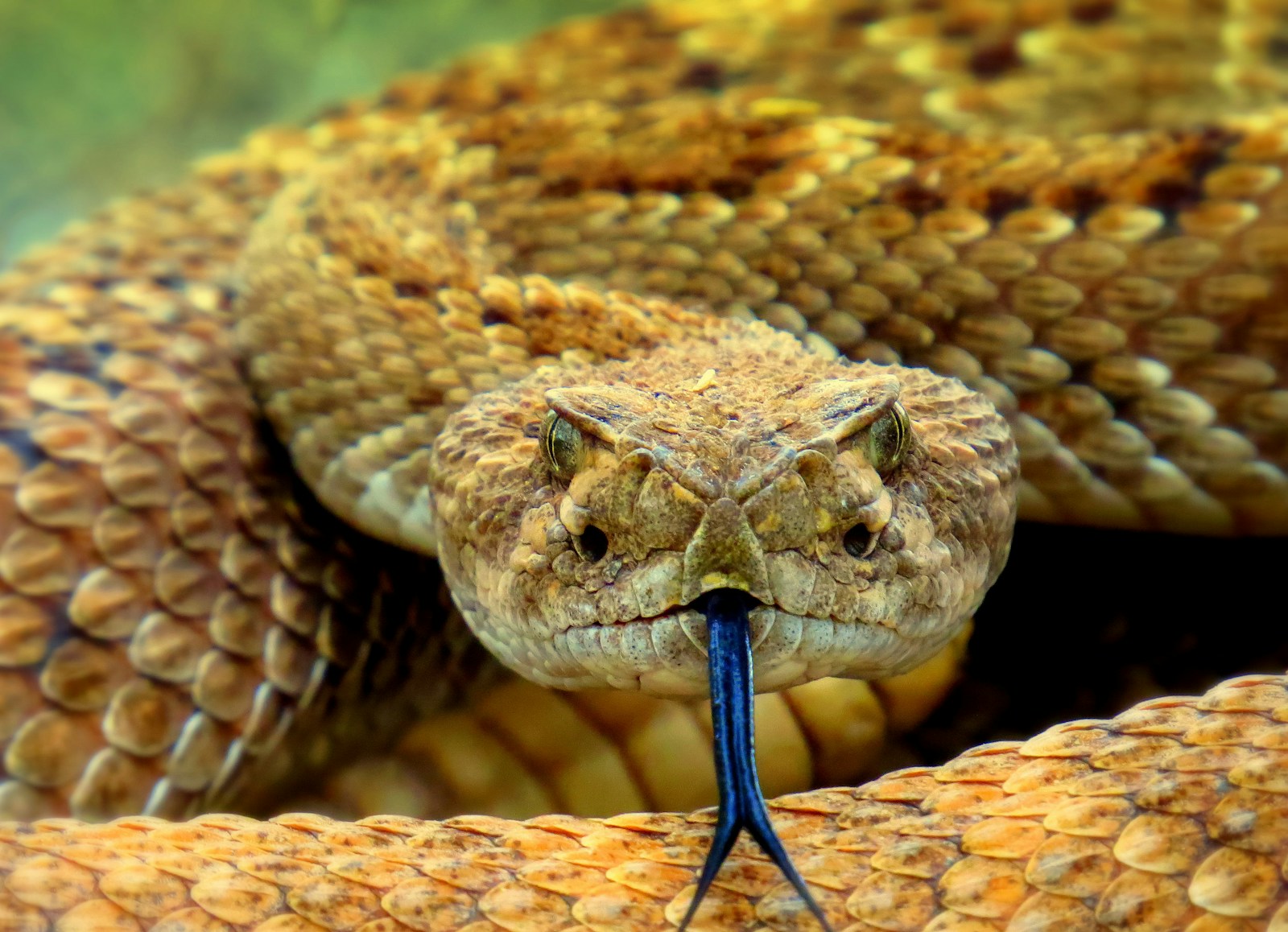
Contrary to their portrayal in many films and stories, rattlesnakes are not inherently aggressive creatures seeking human targets. These reptiles are actually quite shy and prefer to avoid confrontation whenever possible, using their camouflage as a primary defense mechanism. Rattlesnakes generally only strike when they feel cornered, threatened, or are accidentally stepped on or grabbed. Research on rattlesnake behavior has consistently shown that they typically attempt to retreat from human encounters when given the opportunity. Many bites occur when humans deliberately approach, harass, or attempt to handle these animals, or when they accidentally step too close without noticing the well-camouflaged snake. Understanding that rattlesnakes strike defensively rather than aggressively is crucial for promoting coexistence and reducing negative encounters.
Myth 6: Sucking Venom From a Bite Will Save Your Life
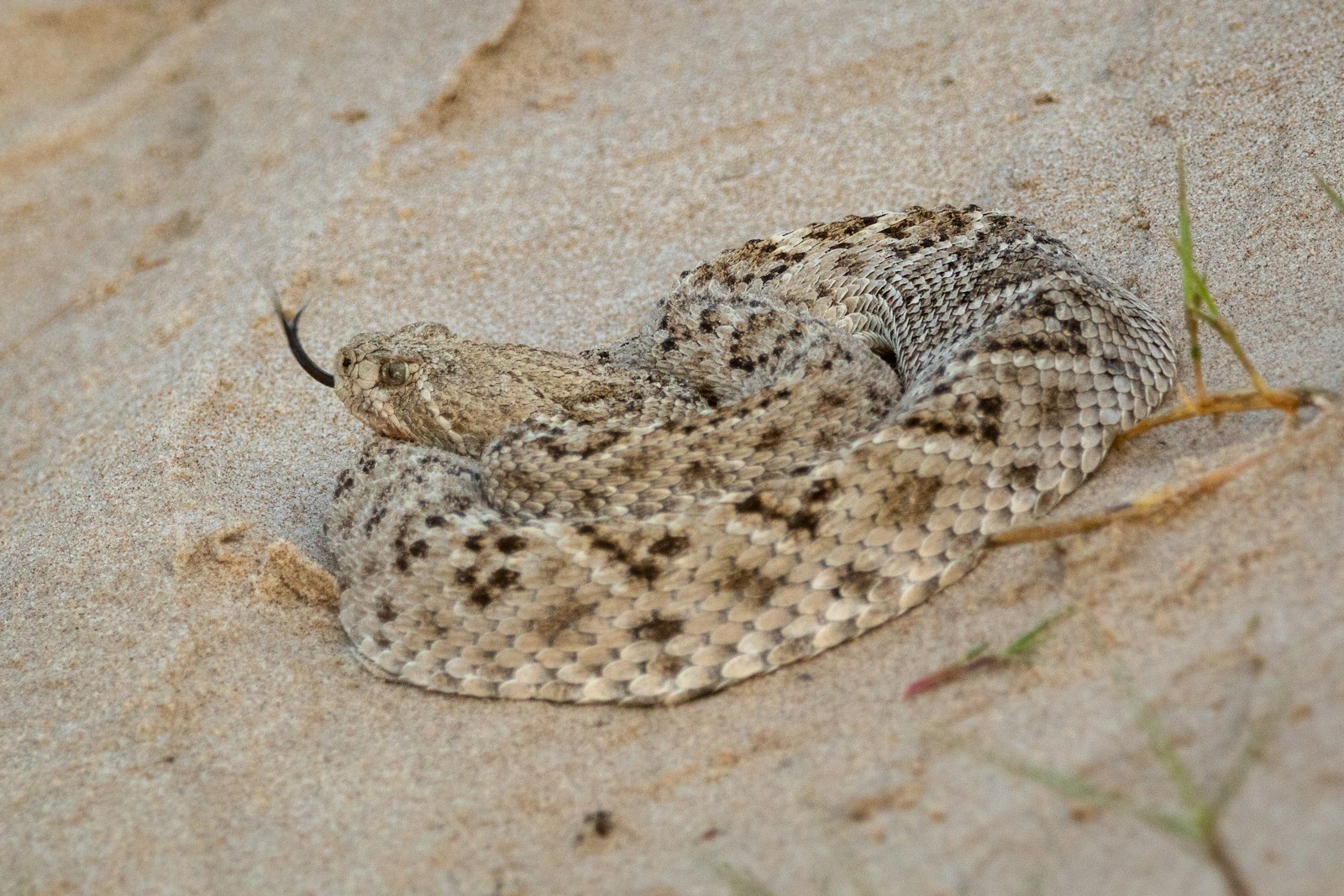
The dramatic image of someone sucking venom from a snake bite wound is deeply embedded in popular culture, but this action is not only ineffective but potentially harmful. Rattlesnake venom enters the bloodstream almost immediately after injection, making manual extraction impossible. Attempting to suck out venom can introduce bacteria from the mouth into the wound, potentially causing infection. This method may also delay proper medical treatment, which is the only effective response to a rattlesnake bite. Modern medical protocol for rattlesnake bites emphasizes keeping the victim calm, removing constrictive items like jewelry or tight clothing near the bite, keeping the affected limb below heart level, and getting to a hospital as quickly as possible for antivenom treatment. The “cut and suck” method is considered dangerous and outdated by all major medical organizations.
Myth 7: Rattlesnakes Always Live in Desert Environments
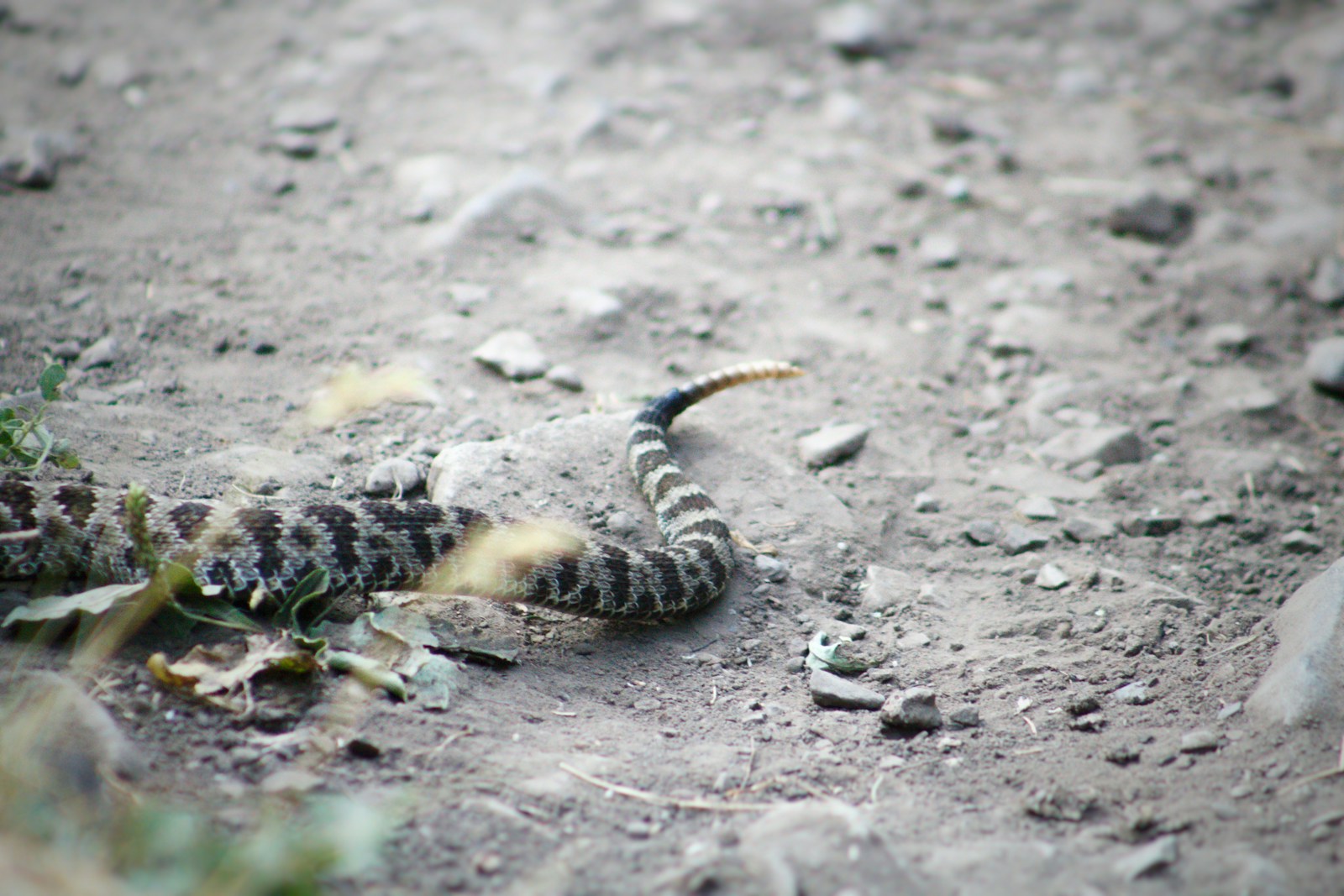
While many people associate rattlesnakes exclusively with arid desert landscapes, these adaptable reptiles actually inhabit a remarkably diverse range of ecosystems across North and South America. Different rattlesnake species have specialized to thrive in environments ranging from mountains and forests to grasslands, swamps, and even some coastal areas. The timber rattlesnake, for example, is found in deciduous forests throughout the eastern United States, while the eastern diamondback inhabits pine flatwoods and coastal areas in the southeastern states. The massasauga rattlesnake can be found in wetlands and bogs in the Great Lakes region, environments that are vastly different from the stereotypical desert habitat. This ecological versatility is one reason why rattlesnakes have been so successful as a group, with over 30 species currently recognized across the Americas.
Myth 8: Rattlesnakes Are Unaffected by Their Own Venom
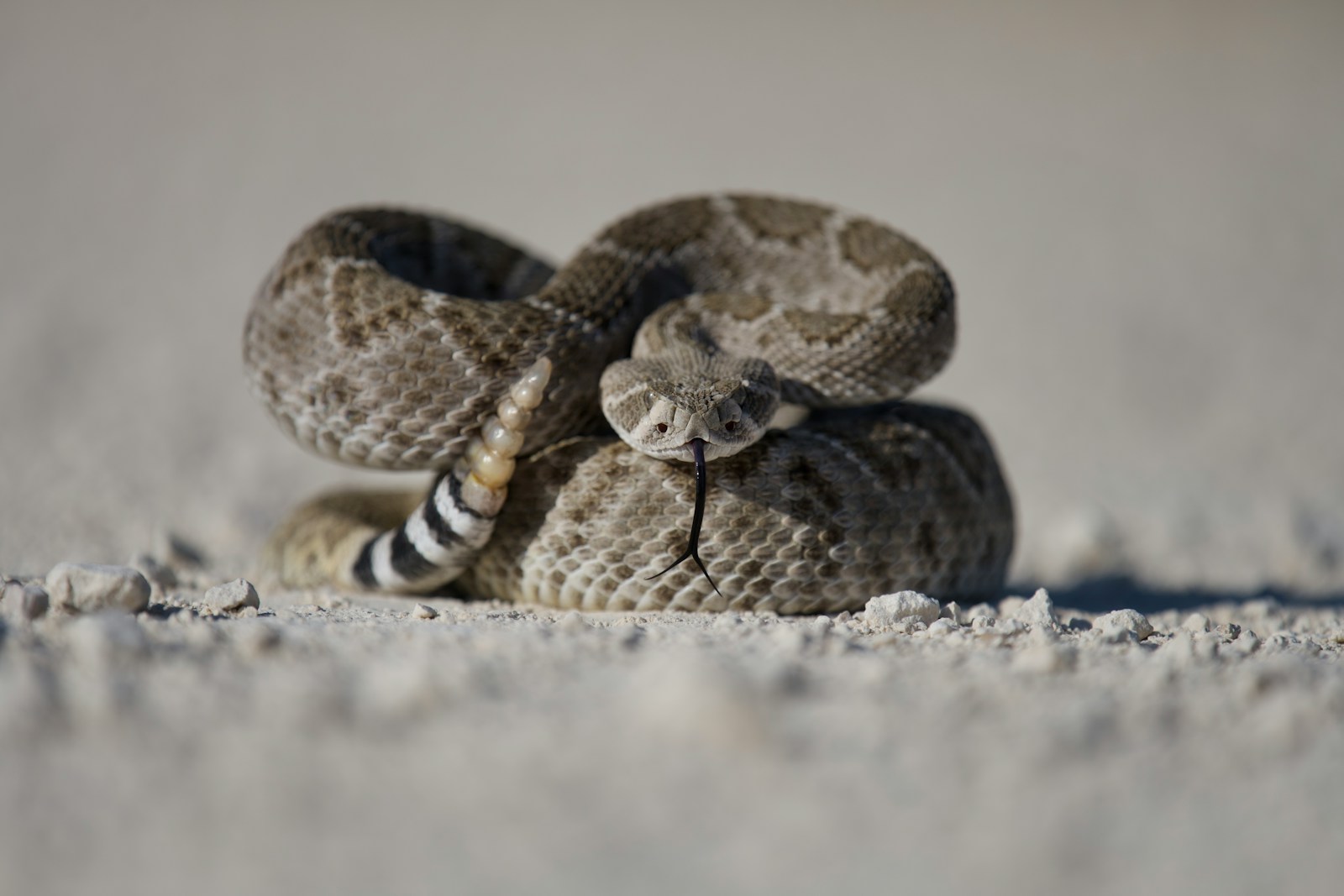
A persistent belief holds that rattlesnakes are completely immune to their own venom or that of other rattlesnake species, but the reality is more nuanced. While rattlesnakes do possess some resistance to their own venom through specialized proteins in their blood that can neutralize certain venom components, this protection is not absolute. Studies have documented cases where rattlesnakes have become ill or even died after being bitten by other rattlesnakes, particularly those of different species. The level of resistance varies between species and even between populations of the same species. This partial immunity evolved primarily as protection against potential self-envenomation that might occur during feeding, rather than as a defense against other snakes. The misconception of complete immunity often leads to exaggerated stories about snake behavior and capabilities.
Myth 9: Rattlesnakes Are Blind During Shedding

Many people believe that rattlesnakes become completely blind while shedding their skin, but this oversimplifies what actually happens during the shedding process. Before shedding, a rattlesnake’s eyes do become cloudy as the old skin layer (including the eye caps) separates from the new skin beneath. During this “blue phase,” their vision is indeed impaired, though not completely absent. This visual impairment, combined with the general discomfort of shedding, can make rattlesnakes more defensive and irritable during this period. However, even with compromised vision, rattlesnakes remain effective hunters and defenders by relying on their other highly developed senses, particularly their heat-sensing facial pits and ability to detect vibrations. After completing the shed, their vision returns to normal with their new, clear eye caps.
Myth 10: Killing Rattlesnakes Benefits Public Safety
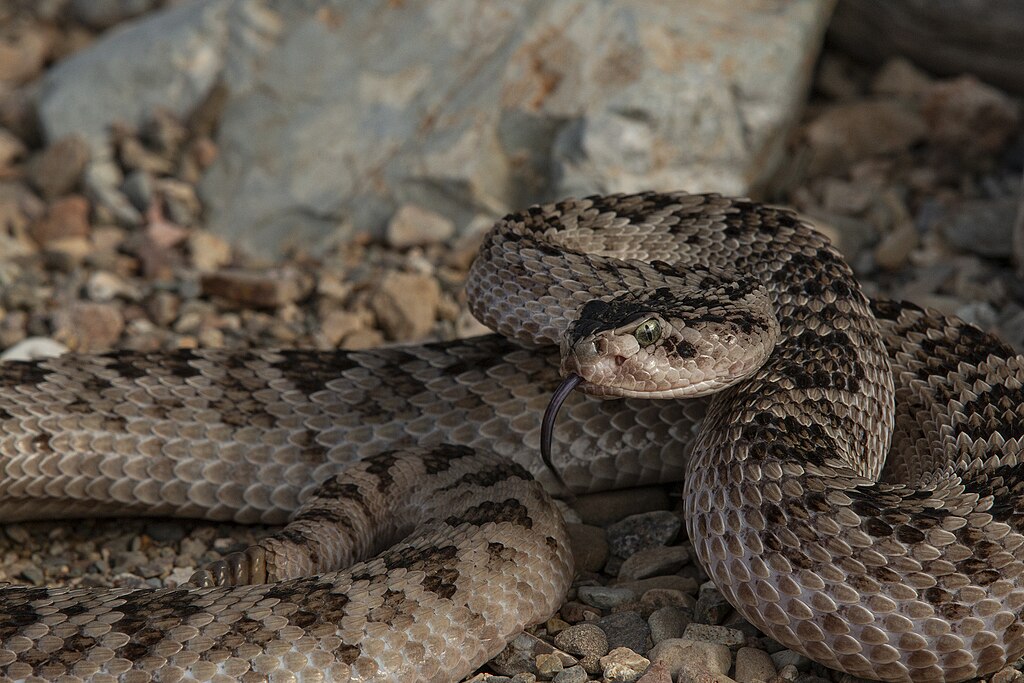
Despite the common belief that killing rattlesnakes whenever encountered improves public safety, evidence suggests this practice may actually be counterproductive. Rattlesnakes serve as important predators in their ecosystems, helping to control populations of disease-carrying rodents that can pose their own public health risks. When rattlesnake populations are reduced, rodent populations often increase, potentially leading to greater incidence of diseases like hantavirus and plague. Additionally, most rattlesnake bites occur when people try to kill or handle the snakes, so a policy of avoidance rather than confrontation actually reduces bite incidents. Research has shown that education about coexistence and simple preventative measures—such as watching where you step in rattlesnake habitat, wearing appropriate footwear, and using a flashlight at night—are much more effective at preventing bites than indiscriminate killing of these ecologically valuable predators.
Myth 11: All Rattlesnakes Have Rattles From Birth

Many people assume that rattlesnakes are born with fully-formed rattles, ready to warn potential predators. In reality, newborn rattlesnakes emerge with only a single segment called a button or pre-button at the tip of their tail. This initial segment doesn’t make the characteristic rattling sound on its own. The famous rattle develops gradually as the snake grows and sheds its skin, with each shedding adding a new interlocking segment to the rattle. Young rattlesnakes typically need to undergo several sheds before they develop enough segments to create the recognizable buzzing sound when vibrated. Until they develop a functional rattle, juvenile rattlesnakes may still vibrate their tails when threatened, but this behavior produces little to no sound, potentially making very young rattlesnakes less detectable than their adult counterparts.
Myth 12: Rattlesnakes Are Not Important to Ecosystems

Some people view rattlesnakes simply as dangerous pests with no ecological value, but this perspective ignores their crucial role in maintaining healthy ecosystems. As mid-level predators, rattlesnakes help control populations of small mammals, particularly rodents that can damage crops and spread disease if their numbers become too high. This natural form of pest control benefits agriculture and public health without the use of chemical pesticides. Rattlesnakes themselves also serve as prey for many larger animals, including birds of prey, coyotes, and other snakes, forming an important link in the food web. Additionally, scientific research on rattlesnake venom has led to the development of several important medications, including treatments for hypertension, heart attacks, and blood clots. Far from being expendable, rattlesnakes provide valuable ecosystem services and medical benefits that would be lost if their populations declined significantly.
Conclusion
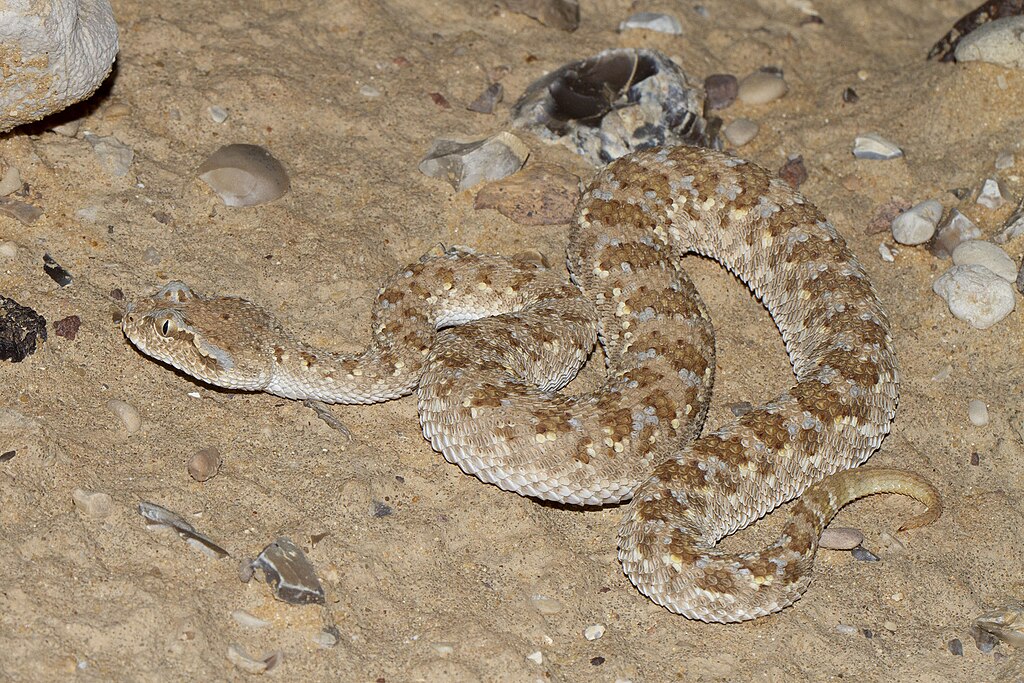
Understanding the truth about rattlesnakes is essential not only for personal safety but also for appreciating these remarkable creatures and their ecological importance. By dispelling myths and misconceptions, we can develop a more balanced relationship with rattlesnakes based on knowledge rather than fear. While rattlesnakes deserve respect as venomous animals, they aren’t the aggressive, malicious creatures often portrayed in popular culture. Instead, they’re fascinating predators that generally prefer to avoid human contact altogether. With proper education and awareness, humans and rattlesnakes can safely coexist, allowing these iconic reptiles to continue fulfilling their vital role in North American ecosystems for generations to come.

